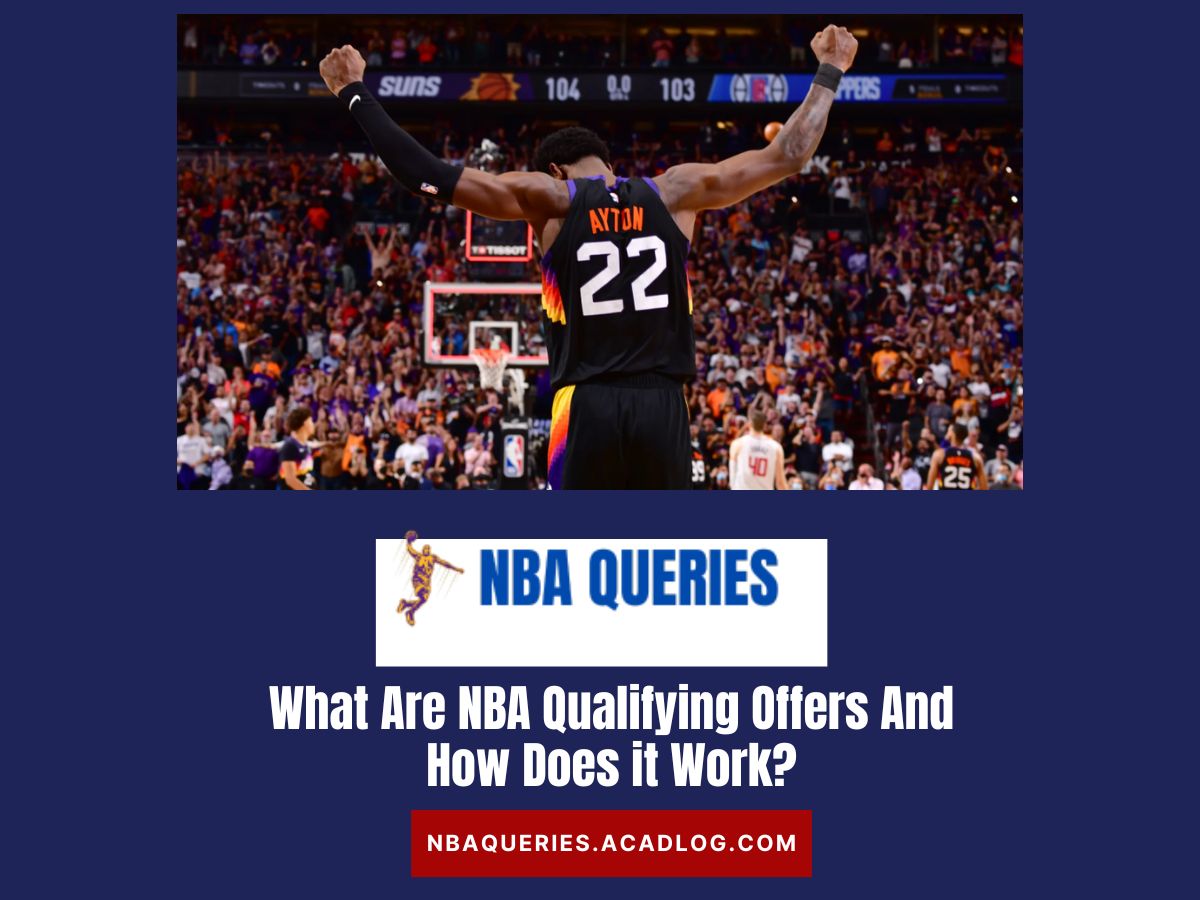The NBA’s free agency period is a pivotal time for teams to shape their rosters for the upcoming season. Amidst various contract types and free agency rules, NBA qualifying offers stand out as a crucial mechanism. This guide breaks down everything you need to know about NBA qualifying offers, ensuring you’re well-informed on how they work and their impact on player movement and team strategies.
What Are NBA Qualifying Offers?
NBA qualifying offers are one-year guaranteed contracts that teams extend to their restricted free agents (RFAs). This move is strategic, allowing teams the right of first refusal on any offer sheet a player signs with another team. The period for extending these offers is tightly defined, beginning the day after the NBA Finals conclude and ending with the start of free agency on July 1.
The Role of Qualifying Offers in Restricted Free Agency
- Initiation: For a player to become an RFA, his team must first extend a qualifying offer.
- Options for Players: Upon receiving a qualifying offer, players have multiple paths they can take, including accepting the qualifying offer to play another season, negotiating a new deal with their team, or signing an offer sheet with another team.
- Team Rights: If the player signs an offer sheet with another team, the original team has the right to match this offer, retaining the player under the terms of the new deal.
Examples and Implications
Consider the case of a high-profile RFA. The original team has a significant advantage in retaining the player by matching any offer sheets from rival teams. This system ensures teams can develop talent with a degree of security, knowing they have a matching right.
Bird Rights and Salary Cap Implications
Understanding NBA qualifying offers also requires a grasp of Bird rights. Named after Larry Bird, these rights allow teams to exceed the salary cap to retain their own players, offering a path to secure key talents without cap constraints. Bird rights extend through various scenarios, including trades, ensuring teams can offer competitive contracts to retain their players.
The Financial Mechanics
- Mid-Level Exception: Beyond qualifying offers, the mid-level exception is another tool for teams, providing a way to sign players without impacting the salary cap significantly. It’s often used for role players, enhancing a team’s depth without major financial strain.
Qualifying Offers: Strategy and Impact
The strategic use of qualifying offers and Bird rights is central to NBA teams’ roster management, allowing them to navigate the cap while retaining talent. These mechanisms ensure a competitive balance, allowing teams to invest in their future by developing and keeping promising players.
In conclusion, NBA qualifying offers are a critical element of the league’s free agency and salary cap system. They provide teams with a method to retain valuable players while offering players certain freedoms in contract negotiations. Understanding these offers is key to comprehending the broader dynamics of NBA roster construction and player movement.
Strategic Deployment of Qualifying Offers
Teams utilize qualifying offers as a strategic lever to maintain control over their up-and-coming talents. By designating a player as a restricted free agent (RFA), a team can match any offer made by competitors, effectively setting the market price for the player. This tactic can deter other teams from making offers, especially if they anticipate the original team will match.
Key Considerations for Teams and Players
- Timing and Negotiation Leverage: The timing of a qualifying offer can significantly impact a team’s salary cap and a player’s career trajectory. Players might use the threat of accepting a qualifying offer as leverage in negotiations, aiming for a more lucrative long-term deal.
- Risk and Reward: Players accepting qualifying offers bet on themselves, risking the security of a long-term contract for the chance to enter unrestricted free agency the following year. This move can be particularly appealing for players who believe they can command a higher market value with another year of strong performance.
Case Studies and Impact Analysis
Examining specific case studies of players who accepted or declined qualifying offers provides insight into the varied outcomes these decisions can lead to. For instance, a player who accepts a qualifying offer and then suffers a significant injury may miss out on the financial security a multi-year contract would have provided. Conversely, a breakout season can lead to a substantial payday in unrestricted free agency.
The Broader NBA Ecosystem
Qualifying offers and the strategic considerations they entail play a critical role in maintaining the competitive balance within the NBA. They allow smaller market teams to retain talent and build competitive rosters, while players have the opportunity to increase their value or secure their desired team fit.
Final Thoughts: A Delicate Balance
The NBA qualifying offer system represents a delicate balance between team control and player freedom. It serves as a critical tool for teams to manage their rosters and salary caps, while offering players a pathway to securing their worth on the open market. As the NBA continues to evolve, the strategic use of qualifying offers will remain a vital aspect of team management and player career planning.

